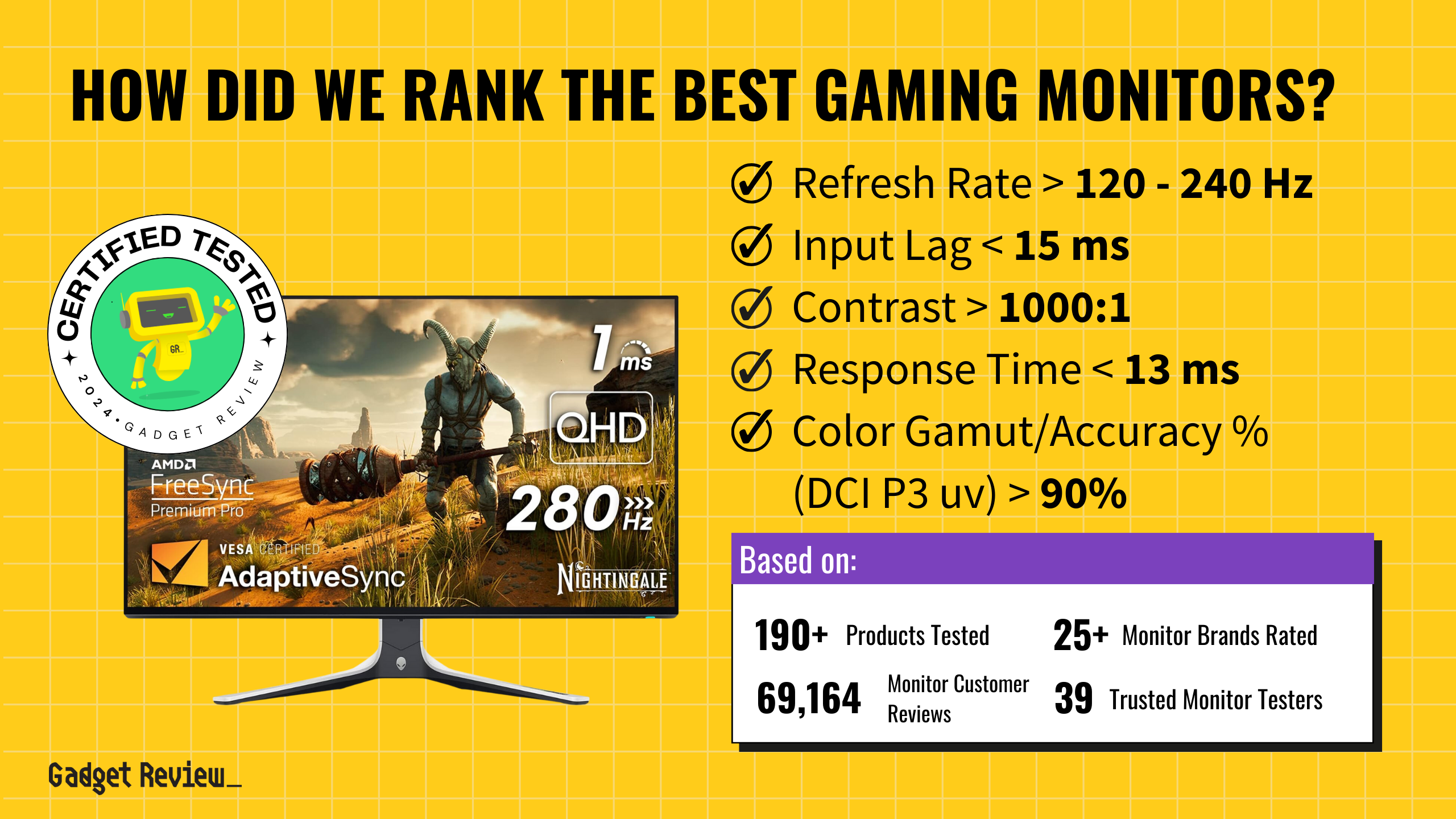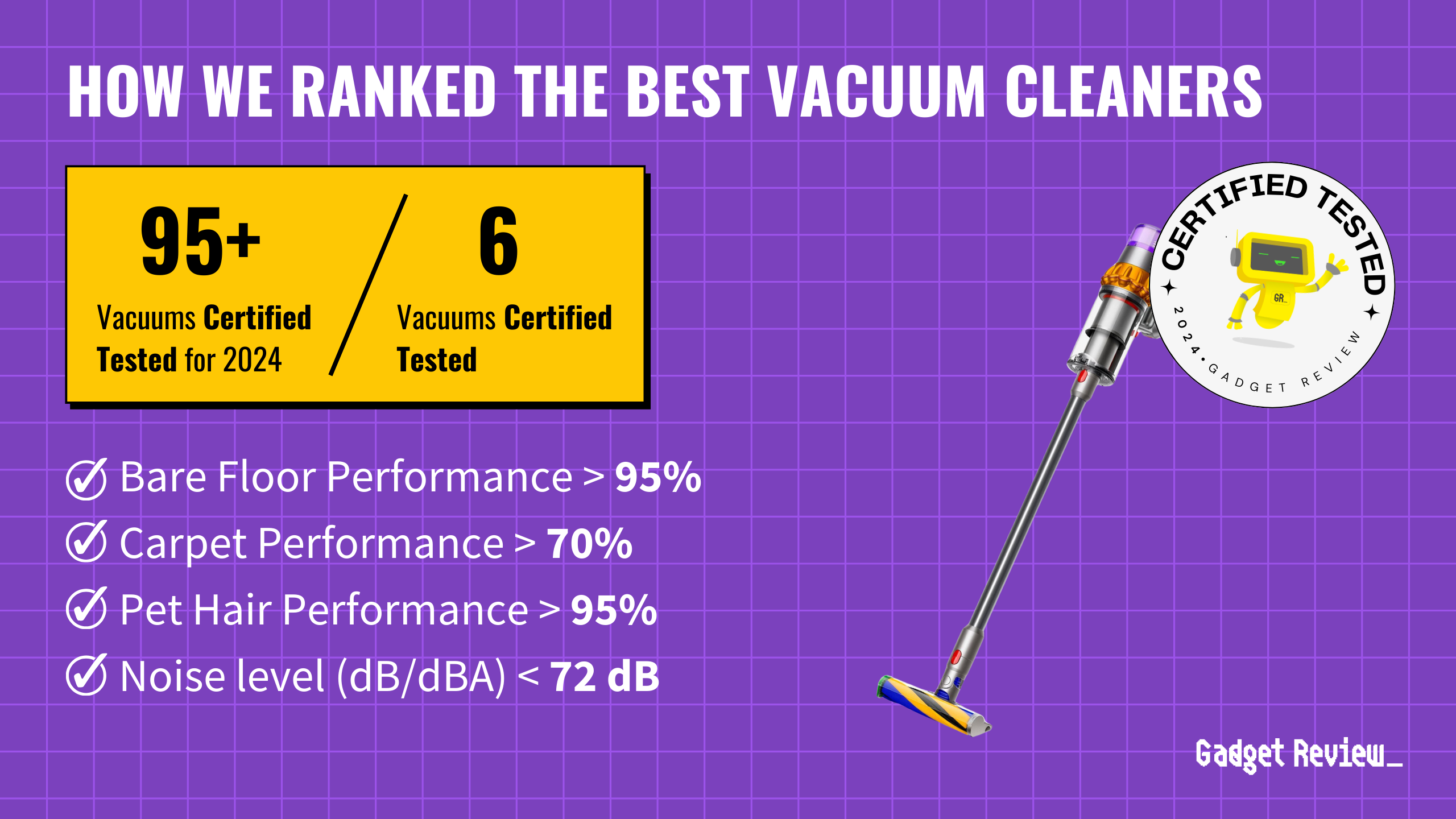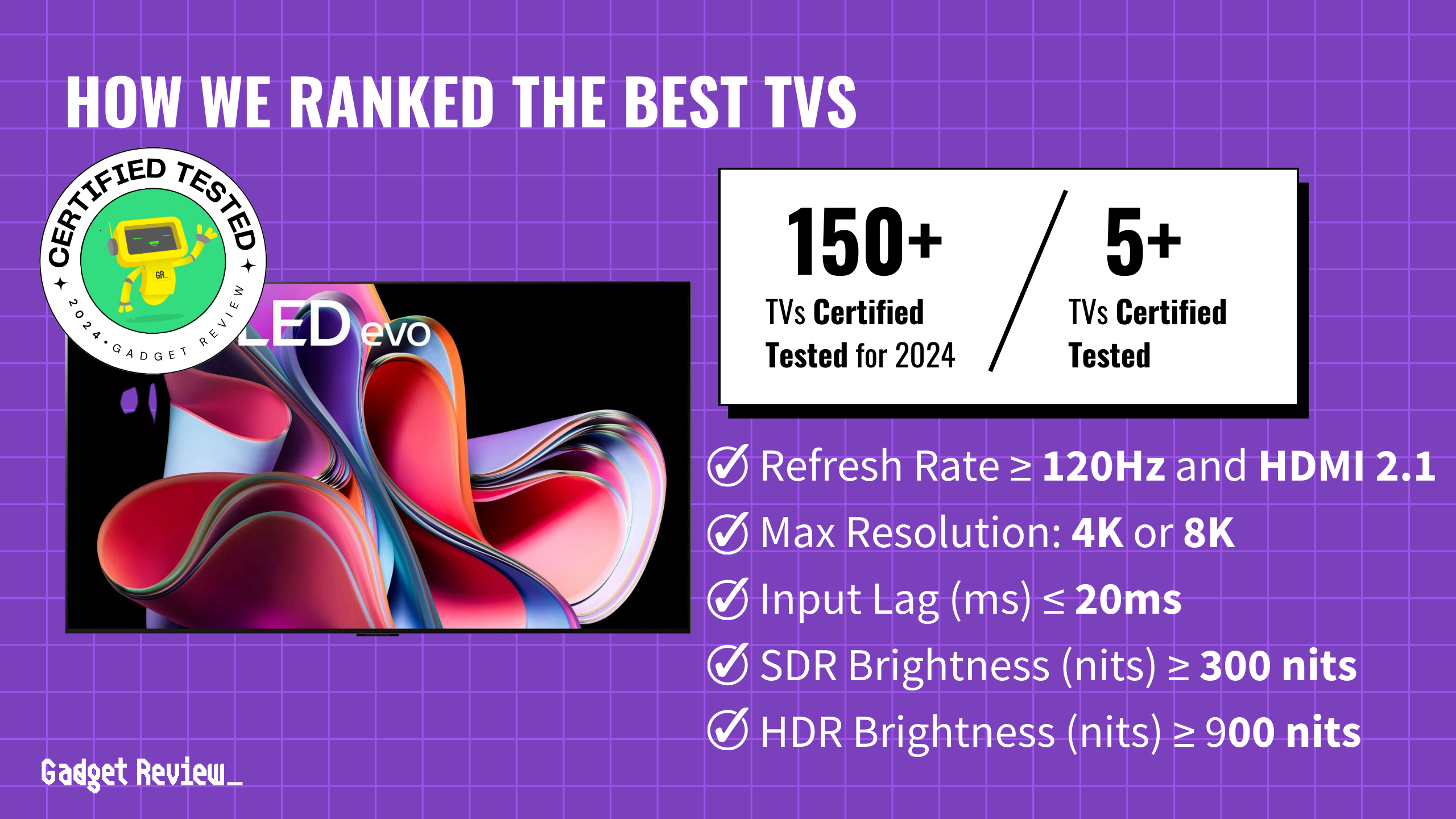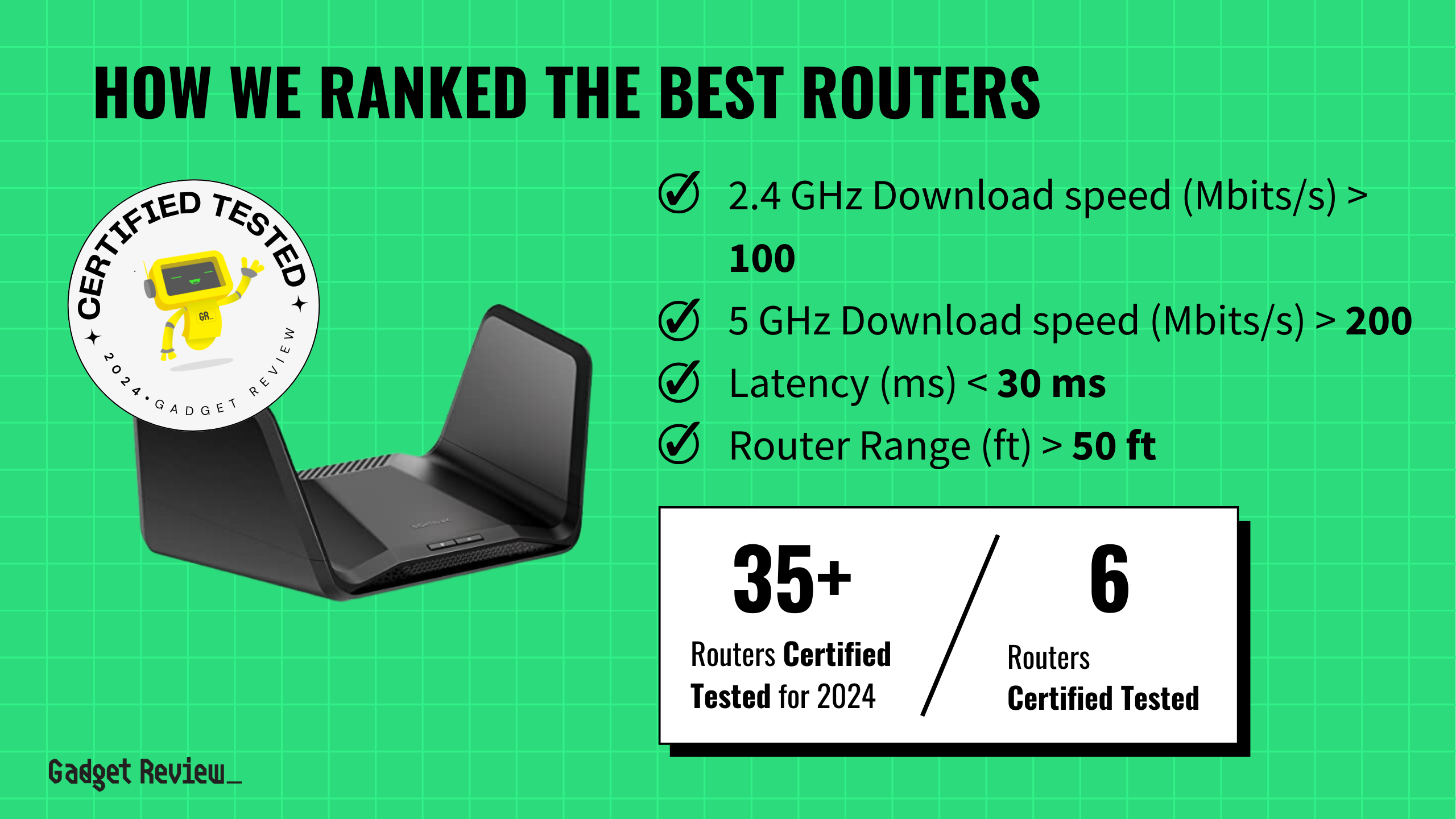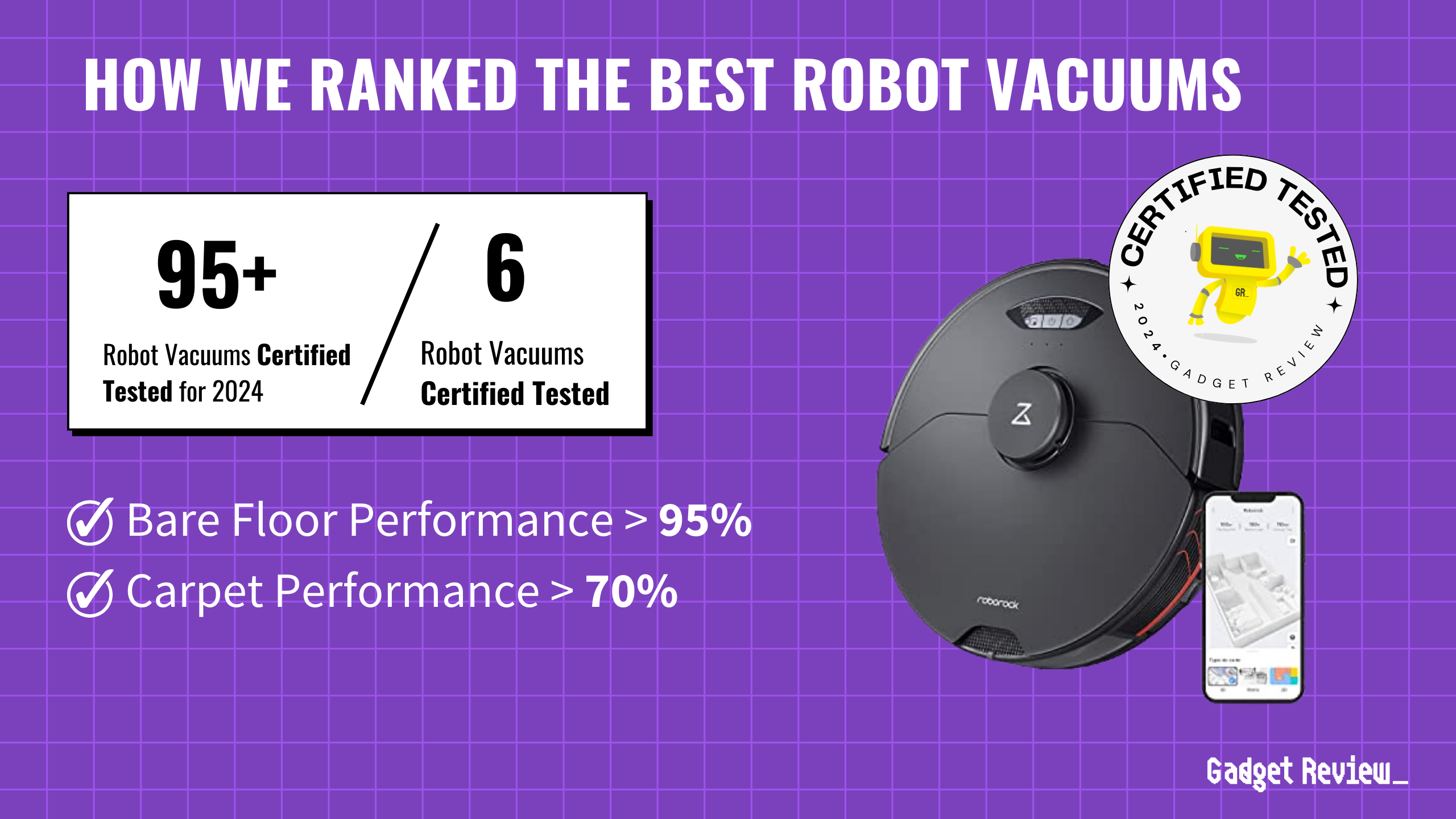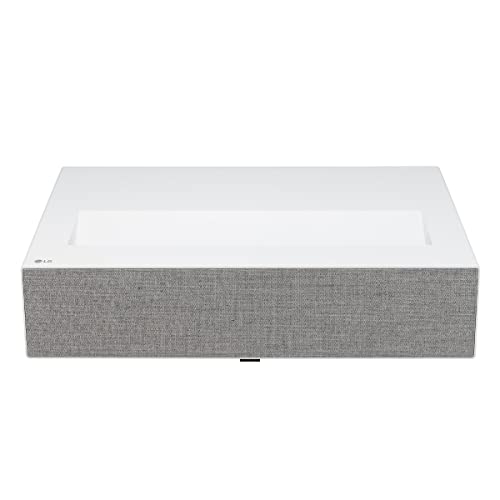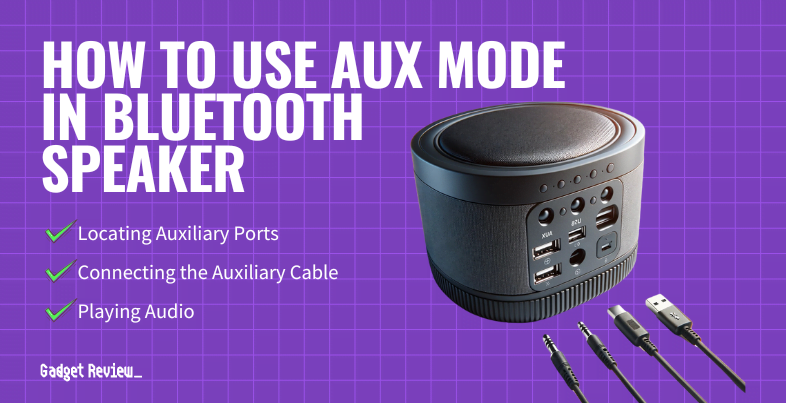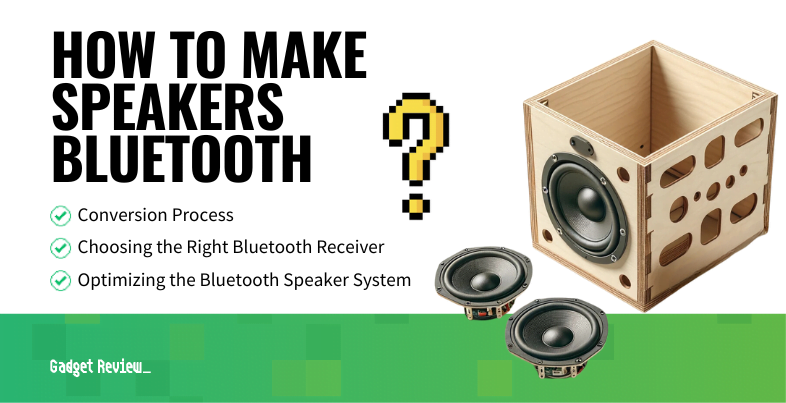Figure AI demonstrated its breakthrough Helix system, enabling humanoid robots to perform complex household tasks through natural language commands without specific pre-programming, marking a significant advancement in practical robotics.
Why it matters: The achievement fundamentally changes how robots learn and adapt by allowing them to handle unfamiliar objects and situations through a single unified AI system, potentially accelerating the path to useful home robots.
Technical Innovation: The Helix system introduces several breakthrough capabilities:
- Real-time processing at 200Hz for physical control
- Simultaneous operation of multiple robots
- Natural language command interpretation
Real-world Applications: The system demonstrates unprecedented versatility:
- Handles unknown household objects
- Performs collaborative tasks between robots
- Completes complex sequences without explicit programming
The Figure 02 robots, equipped with Helix, showcase 35 degrees of freedom including human-like wrists and fingers, enabling them to manipulate a wide variety of objects. The system combines two processing layers: a fast 200Hz control system for physical movements and a slower but more sophisticated reasoning system running at 7-9Hz for planning and decision-making.
“Figure made a major breakthrough on fully end-to-end robot AI, built entirely in-house,” explains Brett Adcock, Figure’s founder, following the company’s recent decision to end its collaboration with OpenAI.
In demonstrations, the robots successfully handled tasks like putting away groceries and organizing household items, even when encountering objects they had never seen before. This adaptability stems from Helix’s ability to combine visual perception with language understanding, allowing it to infer appropriate actions for unfamiliar items.
The system also enables unprecedented robot-to-robot collaboration, with two Figure 02 units working together to complete tasks, coordinating their movements through what appears as silent “telepathic” communication.
However, privacy concerns emerge as the system’s “hive-mind” architecture means detailed information about users’ homes and belongings could be stored on central servers, raising questions about data security and personal privacy.
Looking ahead, Figure aims to deploy these robots in real-world settings, though significant testing and refinement will be needed before commercial release.




